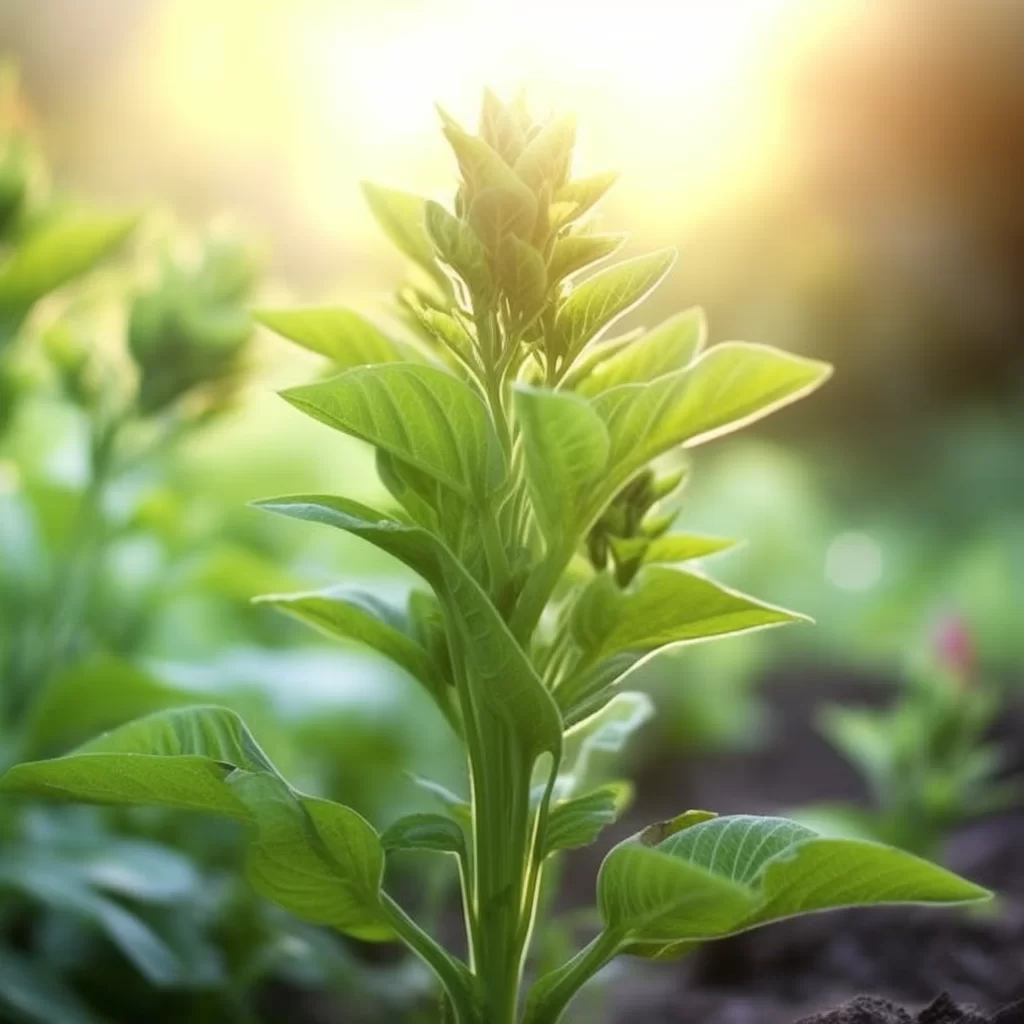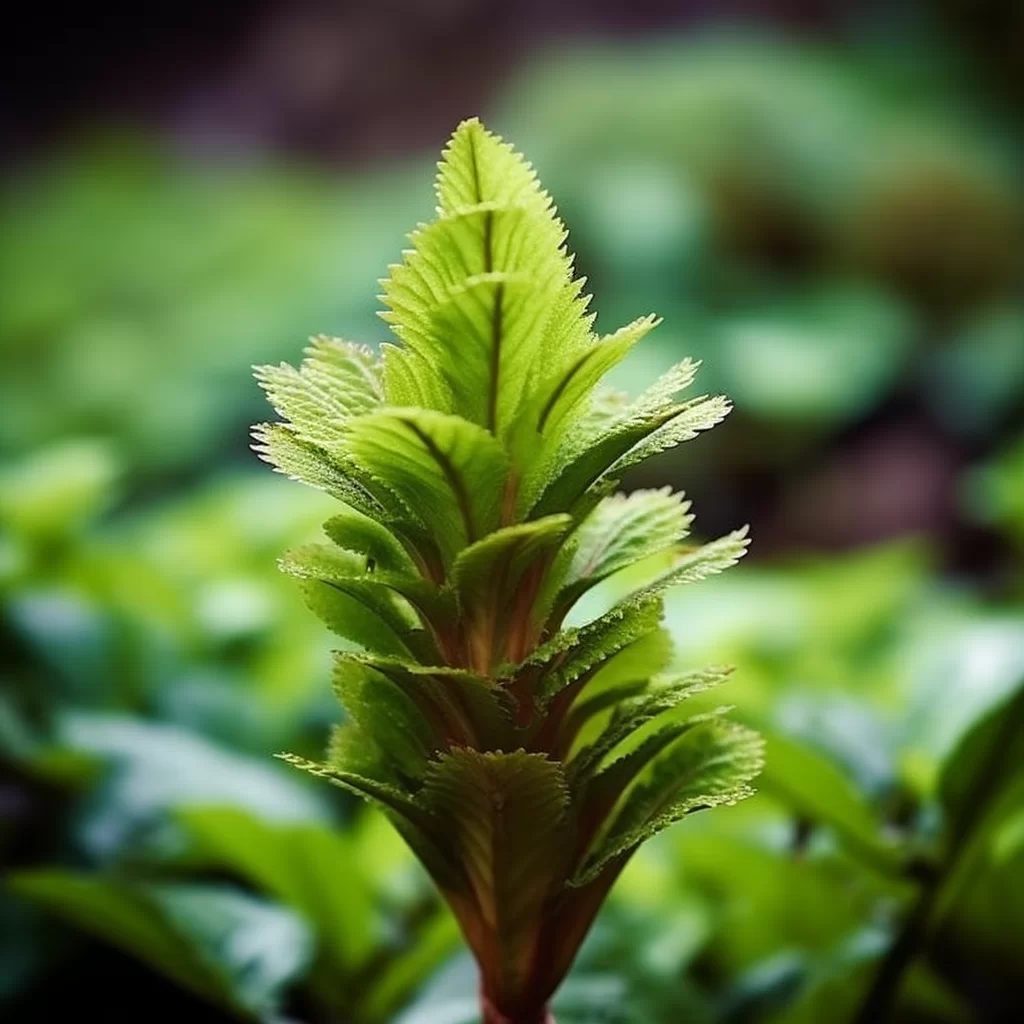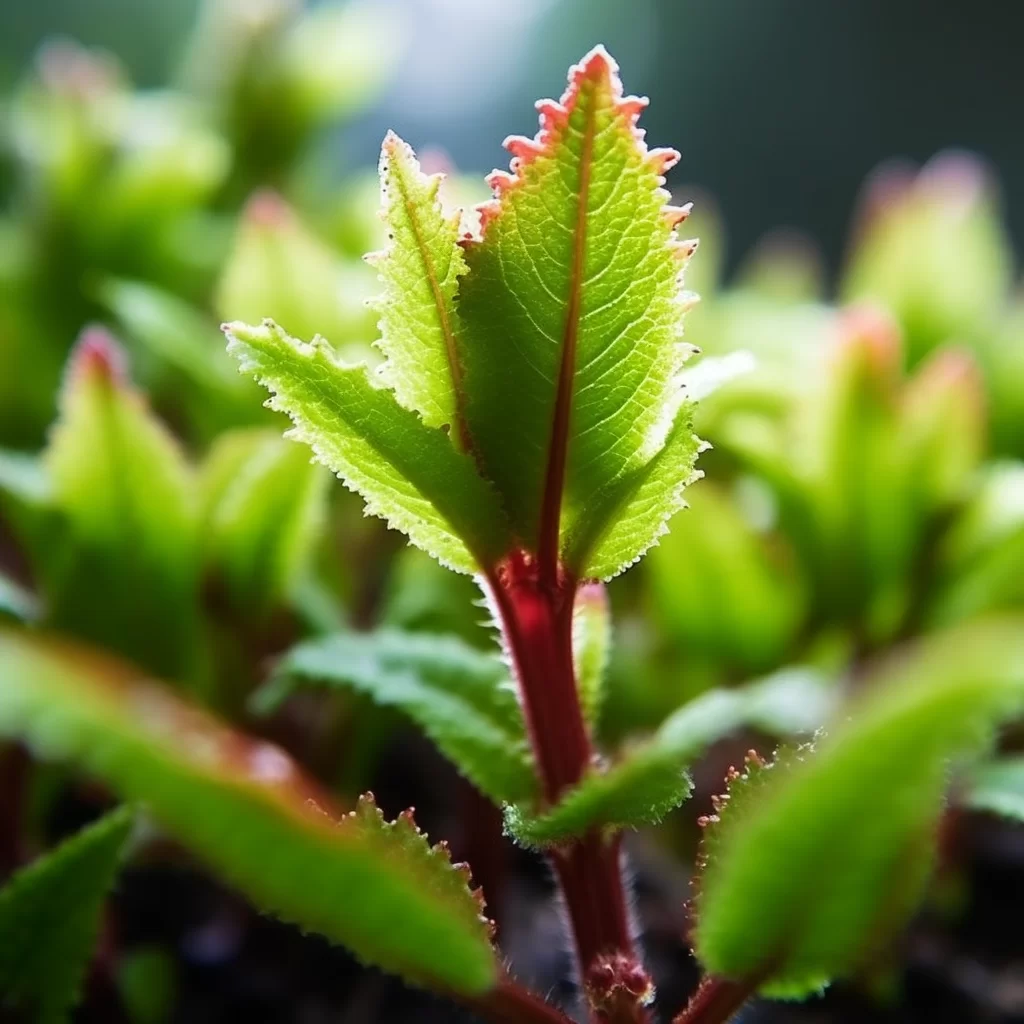Story of Day :
Contents
The Flap Jack Plant: A Complete Guide and Care Tips
Are you looking for a unique and low-maintenance plant to add to your garden? Look no further than the flap jack plant! This succulent is not only visually striking, but also incredibly easy to care for.
In this complete guide, we’ll cover everything you need to know about the flap jack plant, from its origin and physical characteristics to proper care and maintenance.
Origin and Physical Characteristics
The flap jack plant, also known as Kalanchoe thyrsiflora or paddle plant, is native to South Africa.
It belongs to the Crassulaceae family of succulents.
The most striking feature of the flap jack plant is its leaves.
They are large, flat, and paddle-shaped with a waxy coating that gives them a silver-green color.
When exposed to direct sunlight or stressed due to lack of water or nutrients, their edges turn a reddish-brown hue that adds even more visual interest.

Flap jack plants can grow up to 2 feet tall in ideal conditions but typically stay around 1 foot tall in cultivation.
They produce small yellow flowers on tall stalks that emerge from between their leaves during late winter or early spring.
Care Tips
- Light: Flap jack plants thrive in bright light but can tolerate some shade as well.
Place them near an east- or west-facing window if possible.
- Temperature: These succulents prefer warm temperatures between 60°F-80°F (15°C-27°C).
Keep them away from cold drafts such as open doors or windows during winter months.
- Soil: Flap jack plants require well-draining soil to prevent root rot.
Use a cactus or succulent mix combined with perlite, coarse sand, or pumice for optimal drainage.
- Water: Water your flap jack plant thoroughly once every 2-3 weeks during the growing season (spring and summer).
Allow the soil to dry out completely between waterings.
Reduce watering frequency to once a month during the dormant period (fall and winter).
- Fertilizer: Feed your flap jack plant with a balanced liquid fertilizer diluted at half strength every 2-4 weeks during the growing season.
- Pest Control: Flap jack plants are generally pest-free but can occasionally attract mealybugs or spider mites.
Use neem oil or insecticidal soap to treat infestations as soon as possible.
Propagation

The easiest way to propagate flap jack plants is through stem cuttings.
Follow these steps:
- Cut off a healthy leaf from the mother plant using clean scissors.
Make sure it’s at least 3 inches long.
- Air-dry the cutting for 1-2 days until its cut end has formed a callus over it.
- Dip the cut end in rooting hormone powder if desired and insert it into well-draining potting soil mix deep enough so that it stands up on its own without support.
- Mist lightly with water and place in bright, indirect light until roots have formed in about 4-6 weeks.
Suggested Uses
The striking appearance of flap jack plants makes them ideal for adding visual interest to any garden setting! They can be used as focal points in succulent arrangements, planted en masse as ground covers, or grown in containers.
Additionally, they make great houseplants due to their low-maintenance nature and attractive appearance.

Conclusion
The flap jack plant is a unique and visually striking succulent that is incredibly easy to care for.
By following these simple care tips and propagating techniques, you can add this beautiful plant to your garden or indoor space with confidence.
Remember – bright light, well-draining soil, and infrequent watering are key to maintaining a healthy flap jack plant!